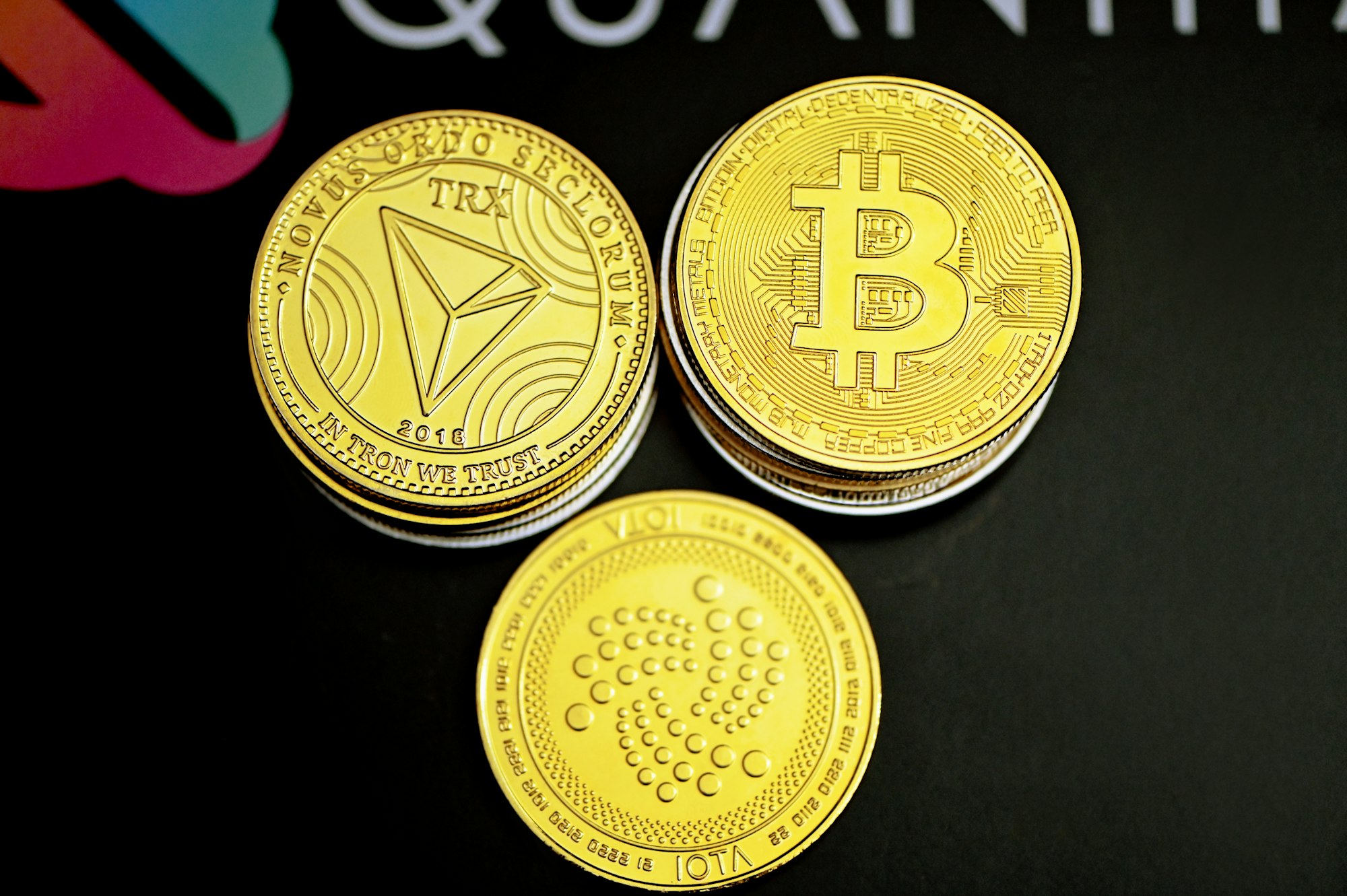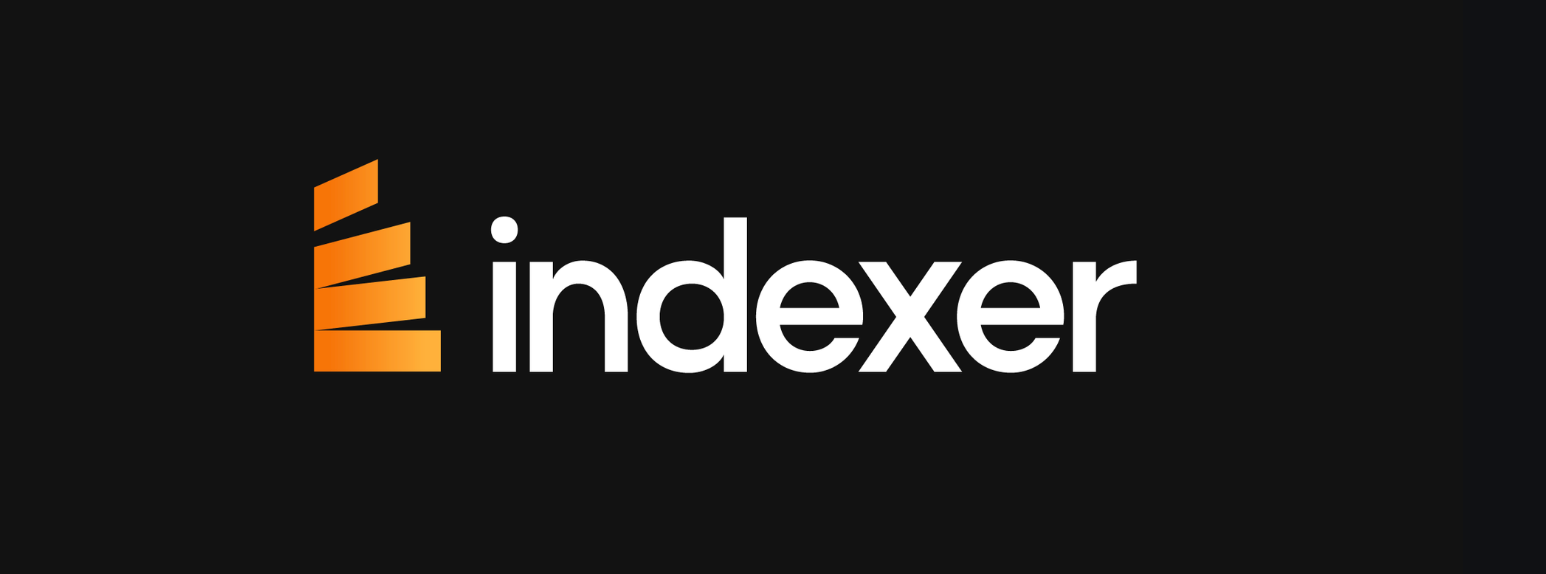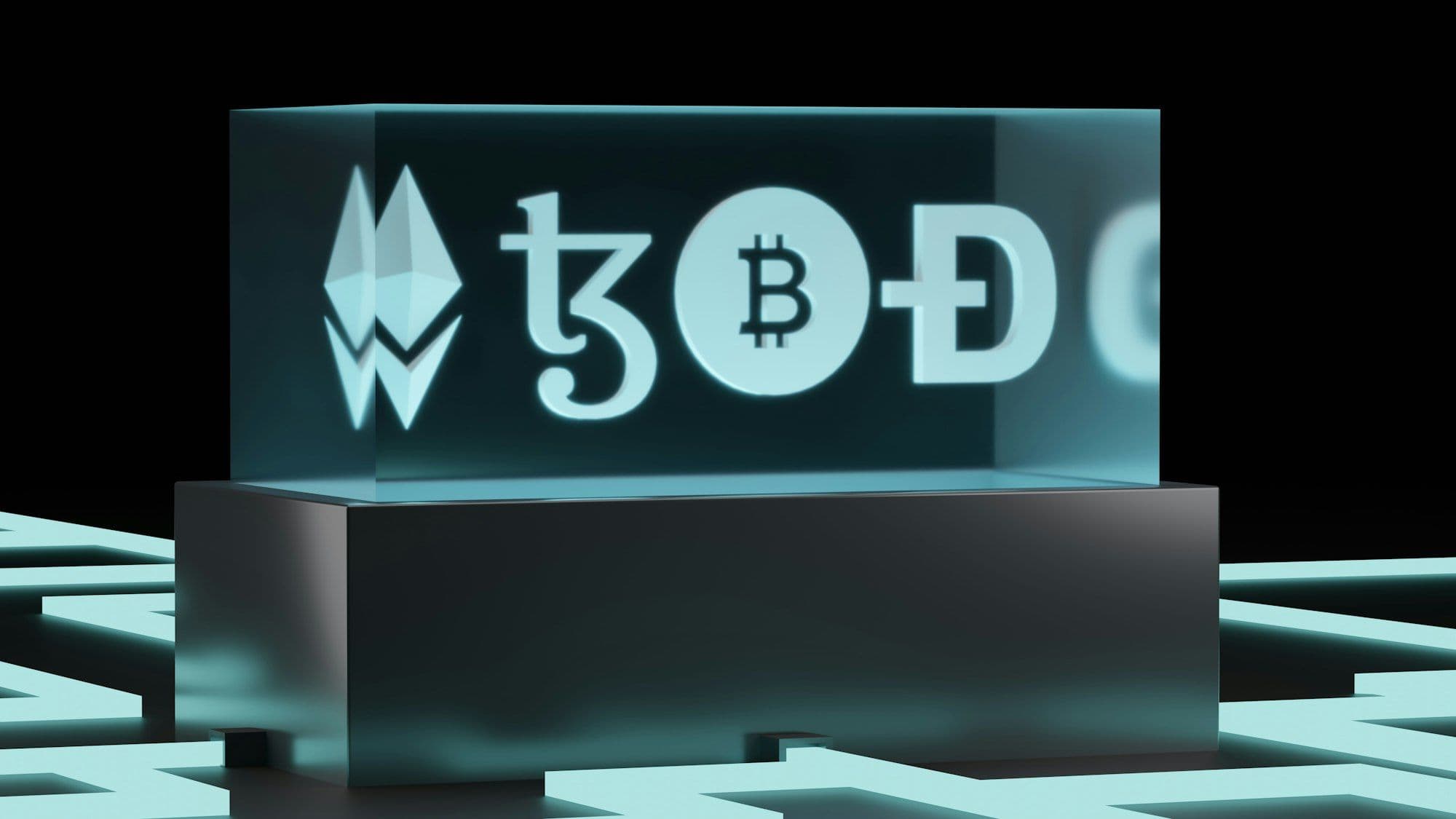
As blockchain networks grow in popularity and usage, they'll always face issues with transaction speed and network congestion. This is where scalability remains one of the most critical challenges when it comes to cry. This is where the concept of "sharding" comes in as a promising solution.
What are the Basics of Sharding?
Sharding is a database partitioning technique adapted for blockchain to enhance scalability and efficiency. It involves dividing the network's database into smaller, more manageable segments, or "shards." Each shard contains a unique subset of the network's total data, allowing transactions to be processed in parallel across networks. This method significantly improves the network's capacity and transaction speed by reducing the workload on individual nodes.
What’s So Important About Sharding?
Sharding is a crucial solution to overcome scalability and performance limitations inherent in traditional blockchain networks. Here's why it's pivotal:
- Scalabiltiy:
Sharding enables parallel transaction processing, significantly increasing the network's capacity and throughput. This is essential for blockchain's adoption in high-volume sectors like finance and e-commerce.
- Efficiency:
It reduces the computational and storage burden on individual nodes, making network participation more accessible and lowering the entry barrier. This leads to a smoother, faster network operation, enhancing the user experience.
- Decentralization:
Allowing nodes to handle only a fraction of the data, sharding maintains the decentralized ethos of blockchain, ensuring no single entity can control the network. This decentralization is key to the security and censorship resistance of blockchain technology.
- Energy Consumption:
Sharding helps reduce the overall energy consumption of blockchain networks by making data processing and storage more efficient, contributing to more sustainable and environmentally friendly technology.

How Sharding Works
Delving deeper into the components of sharding provides a clearer understanding of how it enhances blockchain scalability and security. Each component has a role in ensuring the blockchain functions efficiently and remains secure against potential vulnerabilities.
1- Partitioning:
Partitioning is the foundational step in sharding, where the blockchain's data is divided into smaller, more manageable pieces known as shards. This division is not random but typically follows specific criteria to ensure data is evenly distributed and the system's balance is maintained. The criteria might include factors such as the transaction type, account balance, or a hash function that assigns data to shards in a deterministic manner. Partitioning allows for:
- Increased Performance:
By distributing the workload across multiple shards, the network can process more transactions in parallel, significantly enhancing throughput. - Reduced Node Burden:
Nodes no longer need to store and process the entire blockchain, which reduces hardware requirements and makes participation more accessible.
2- Node Assignment:
Once the network is partitioned into shards, nodes are assigned to specific shards. This assignment can be random or based on specific criteria, such as a node's capacity or geographic location. Node assignment is crucial for:
- Ensuring Shard Security:
By randomly assigning nodes to shards, the network prevents malicious actors from easily taking over a specific shard. - Optimizing Resource Utilization:
Assigning nodes based on their capabilities ensures that the network's processing power is optimally utilized, with no single shard becoming a bottleneck.
3- Cross-Shard Communication:
Cross-shard communication is essential for maintaining the blockchain's integrity and ensuring that transactions affecting multiple shards are correctly processed. This involves sophisticated mechanisms that allow shards to share information and synchronize their states. Cross-shard communication mechanisms include:
- Atomic Transactions:
Ensuring that transactions involving multiple shards either complete successfully across all involved shards or fail altogether, maintaining consistency. - State Proofs:
Allowing shards to verify events in other shards without processing all transaction data, thus preserving security and efficiency.
4- Security Measures
Security is paramount in a sharded blockchain, as the division of the network into shards could potentially expose it to new vulnerabilities. To mitigate these risks, various security measures are implemented:
- Random Node Distribution:
By randomly distributing nodes among shards, the network ensures that no single entity can predictably control a shard, reducing the risk of targeted attacks. - Cryptographic Techniques:
Techniques such as cryptographic commitments and zero-knowledge proofs help secure cross-shard transactions and verify transactions without revealing sensitive information. - Incentive Mechanisms:
Properly designed incentive mechanisms encourage nodes to act honestly and penalize malicious behavior, further securing the network.
These components of sharding work together to create a scalable and secure blockchain environment. The challenges involved in implementing these systems are significant, involving complex algorithms and security protocols. However, when successfully deployed, sharding has the potential to vastly increase blockchain networks' efficiency, making them more practical for a wide range of applications.

Varieties of Sharding
Sharding in blockchain is not a one-size-fits-all solution; it comes in different varieties, each tailored to specific network needs and goals:
- State Sharding:
This involves dividing the blockchain's state into separate shards, with each shard maintaining a part of the network's state. This approach allows nodes to process only a fraction of the transactions, significantly reducing the resources required for transaction processing and storage. - Transaction Sharding:
Transaction sharding splits transactions among different shards. Each shard processes its set of transactions independently, enabling parallel processing that boosts the network's throughput. - Network Sharding:
This form involves dividing the blockchain network into smaller, interconnected sub-networks (shards). Each shard consists of a group of nodes that process and validate transactions, thereby distributing the network's load more evenly.
Challenges and Solutions
While sharding presents a promising approach to blockchain scalability, it introduces several challenges that must be addressed:
- Data Consistency:
Ensuring data consistency across shards is critical. Solutions like cross-shard communication protocols are essential for maintaining a coherent and synchronized state across the entire network. - Security Risks:
Sharding can potentially lower the security threshold of a blockchain, as each shard might be easier to compromise than the full network. Techniques such as cryptographic commitments and fraud proofs help secure shards against attacks. - Complexity:
Implementing sharding increases the overall complexity of the blockchain network, including its maintenance and development. Developing user-friendly and developer-friendly tools and documentation is vital for managing this complexity.

In short
By understanding the principles of sharding, from its basic mechanics to the challenges it seeks to overcome, blockchain enthusiasts and developers can better appreciate the potential of this technology to drive the next wave of innovation in space. As we move forward, the continuous improvement and successful implementation of sharding will be crucial in unlocking the full potential of blockchain technology for a wide array of applications.
Interested in Sharding and Knowing More About the Blockchain?
Visit indexer.xyz for resources about the blockchain, including guides, tutorials, and the Indexer API. Enhance your blockchain projects' performance and scalability. Start learning and applying everything about Sharding and Crypto effectively.




